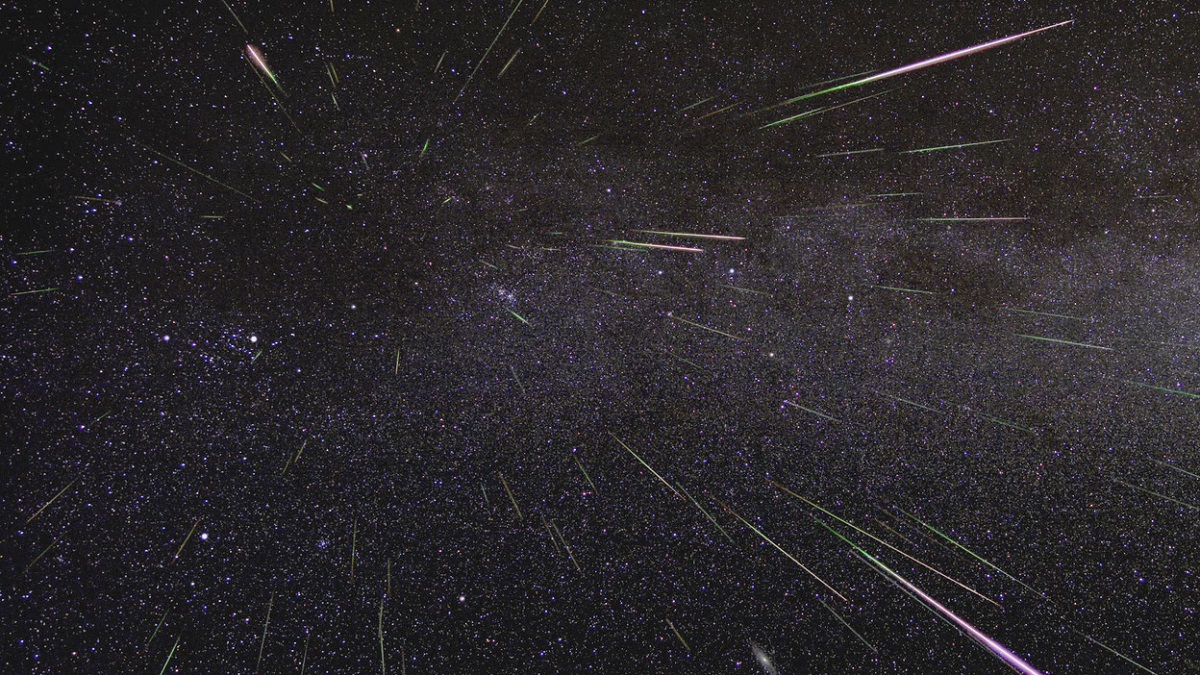Perseid Meteor Shower to Light up Night Sky

When the Perseid meteor shower lights up the night sky on August 11, Embry-Riddle Astronomy Professor Robert Fleck predicts that this year’s event will be spectacular for those with a clear sky.
The Perseid meteor shower, which is expected to peak after midnight on Aug. 11, will send hundreds of debris particles from the Swift-Tuttle comet through the sky. When the earth crosses paths with the comet’s debris, its particles of dust will hit the earth’s atmosphere and disintegrate into flashes of light.
This year, the proximity of Jupiter’s gravity will cause the comet’s debris stream to come closer to earth. In the past, stargazers may have witnessed up to 60 flashes of light an hour as meteors hit earth’s atmosphere, but rates could climb to up to 200 meteors per hour this year, according to NASA. The phenomenon of meteor showers with more meteors than usual is referred to as outbursts. The last Perseid outburst took place in 2009.
“We are passing through a rich stream of the comet’s orbit,” Fleck said. “We have many meteor showers throughout the year but if the predictions hold true this will be a spectacular one.”
Unlike other parts of the country, Fleck cautioned that the summer humidity in Florida can cause clouds to form and block the view of the shower. While it’s not the best time of the year in Florida for a meteor shower, Fleck recommended traveling to areas along the beach with no light pollution, and looking to the eastern horizon to view the celestial event. For stargazers who have difficulty seeing the shower, NASA will broadcast the meteor shower overnight on Aug. 11 and 12 on Ustream.
“The meteors look like falling stars, but most of them are the size of a grain of sand,” he said. “They are moving really fast, like 40 miles a second. That’s like going from Daytona to Orlando in one second. A lot of people think you need a telescope to see this but you don’t. In fact, a telescope would restrict your field of view. All you have to do is just recline back and look up at the sky.”
